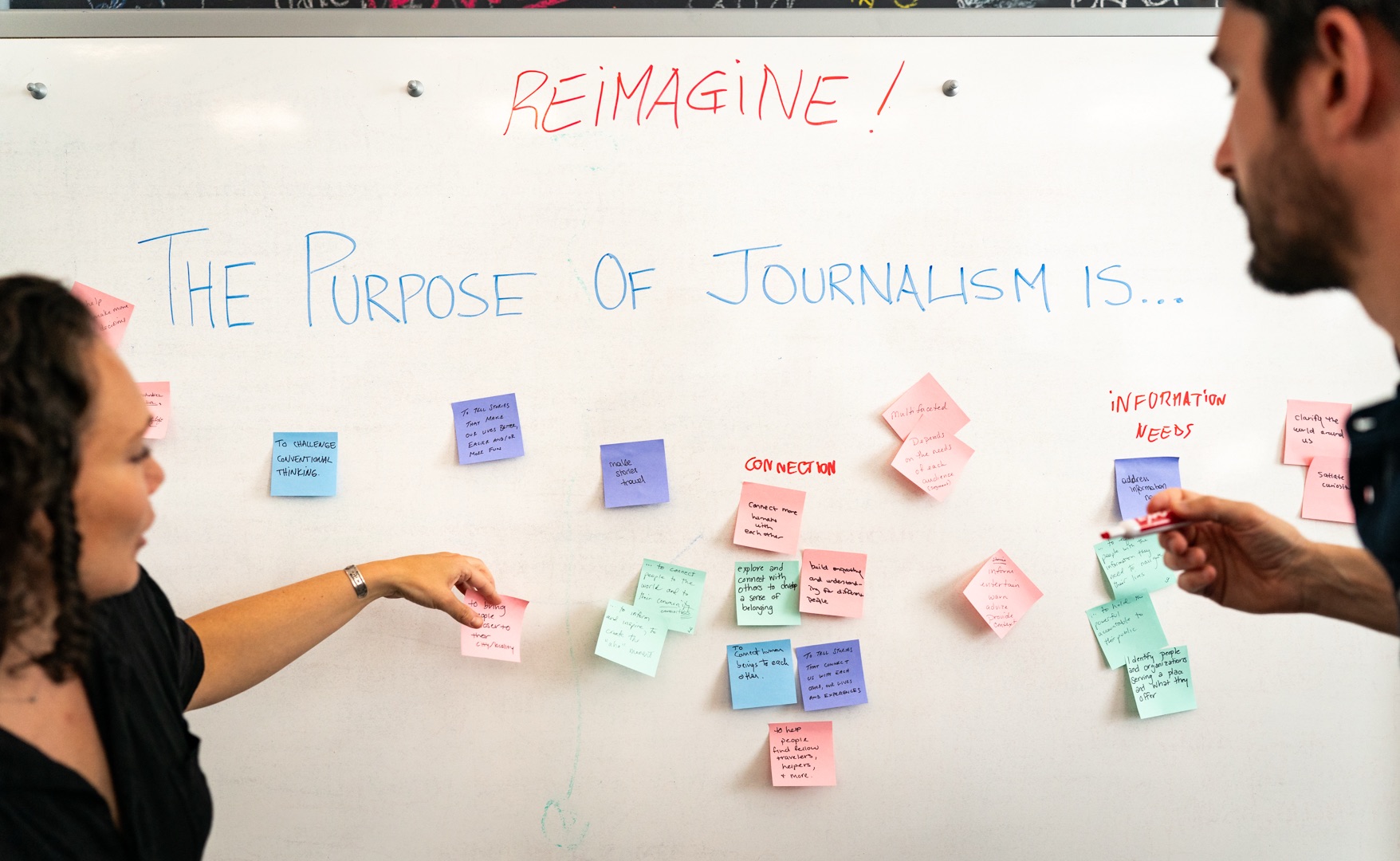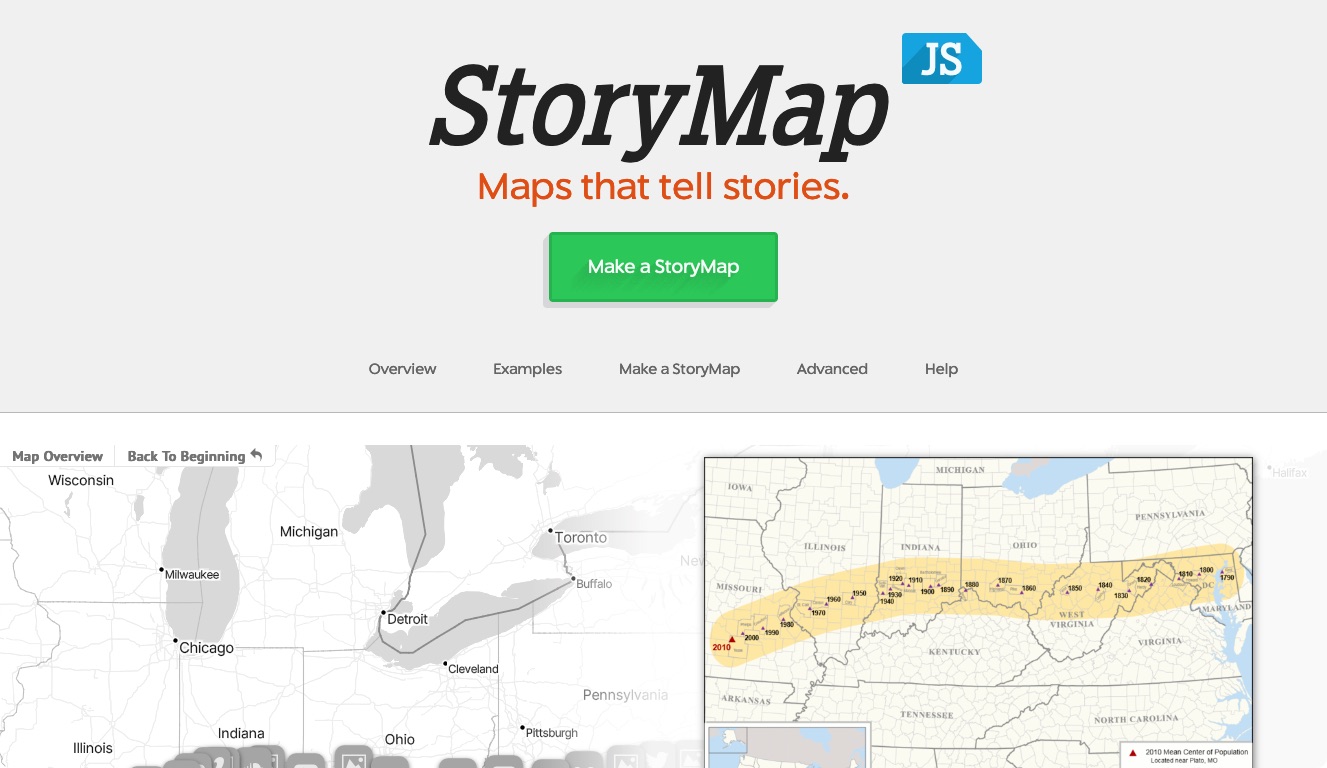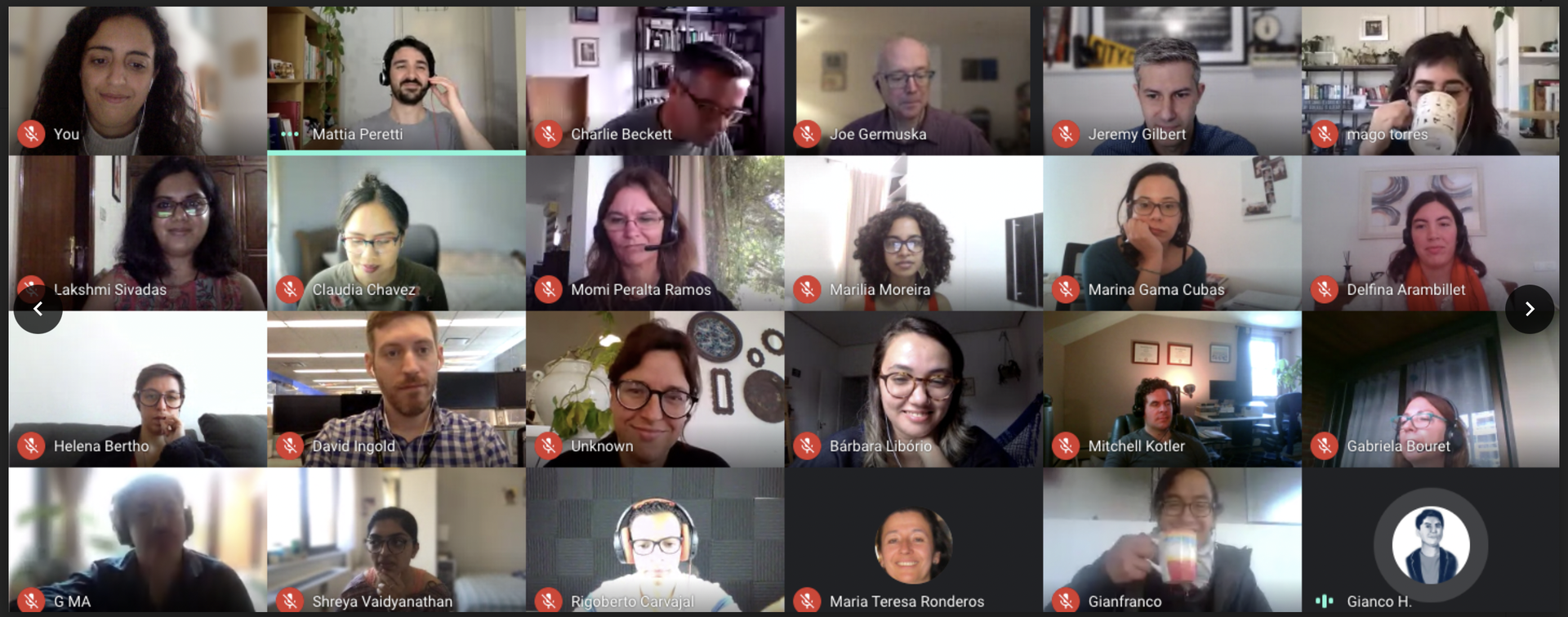Undoubtedly the most attended session at NICAR 2013, the Lightning Talks provided a delightful relief from the heavier (thought certainly worthwhile) information-laden talks that make up the bulk of the conference. Eleven journalists took on the challenge of presenting a topic of their choice in five minutes or fewer.
It was lighthearted and fun, but concise but valuable. There’s a rumor that a video of the talks will appear sometime soon (and pictures have surfaced), but in the meantime, here’s a roundup:
We learned 5 algorithms in 5 minutes from Chase Davis, founder of Hot Type consulting and a former Director of Technology at the Center for Investigative Reporting. The algorithms were designed to help journalists do everything from finding outliers through scatter plots to clustering documents in linear time. These algorithms are extremely useful in generating analysis when dealing with massive amounts of documents.
Designer-developer-journalist of The Washington Post, Katie Park dished about optimising projects for the mobile web, focusing on lowering load times and for graphics and data projects.
Ben Welsh, database producer for the LA Times, handed down some life-changing advice on how coding like a web developer can make you a better investigative reporter, along with some Django Unchained lessons. His final tip was to keep pushing out stories, joking that “there’s nothing a geek likes more than starting a new project.”
If you’re a Nate Silver fan, Jeff Larson, a web developer at ProPublica, had some tips on how to be like him. Larson introduced the audience to the probability density function and the cumulative distribution function.
Sisi Wei, news applications developer of ProPublica, advocated the idea of incorporating games in news, demonstrating the idea via the game Gauging your Distraction by The New York Times. Wei went over some rules about what makes games work, and the distinct experience news games bring to the users.
Rob Gebeloff, part of the data-analysis team at The New York Times, broke down z-scores, an index used to compare variables with different scales. Creating z-scores allow comparisons of performance, satisfaction and diversity amongst schools on the same scale. Look at SchoolBook by WNYC for a great example of z-scores in journalism.
Survivor of the 2012 Election and senior software architect and news hacker at The New York Times, Jacob Harris, grumbled charmingly about how every state’s election is weird and that myriad “edge cases” — inconsistencies in caucuses and state-specific election policies — create the need to test and write code for very specific functions.
Al Shaw, interactive news designer and developer of ProPublica, introduced techniques to keep users on your site on the basis of Casino Driven Design. By using techniques like glass doors, mash buttons, and sharing contexts, users have no reason to leave your page.
With freshly collected data about how the TSA treated his luggage during his flight from Nebraska to Kentucky, Matt Waite, journalism professor at University of Nebraska-Lincoln, presented his DIY data-collecting machine, that included an accelerometer, micro controller, and an SD card reader to store information. These simple DIY machines present great possibilities because they can be used to collect data that no one else have. One machine might not change journalism, but imagine deploying 600 to do something like monitor air quality or noise in your city.
Wrapping up, Jennifer LaFleur and Jeff Larson of ProPublica introduced a polite language ILENE. The program starts running with “shall we begin?” and close with “that was delightful”. All commands have to start with pls (please) and end with tu (thank you).
About the author
Tagged





